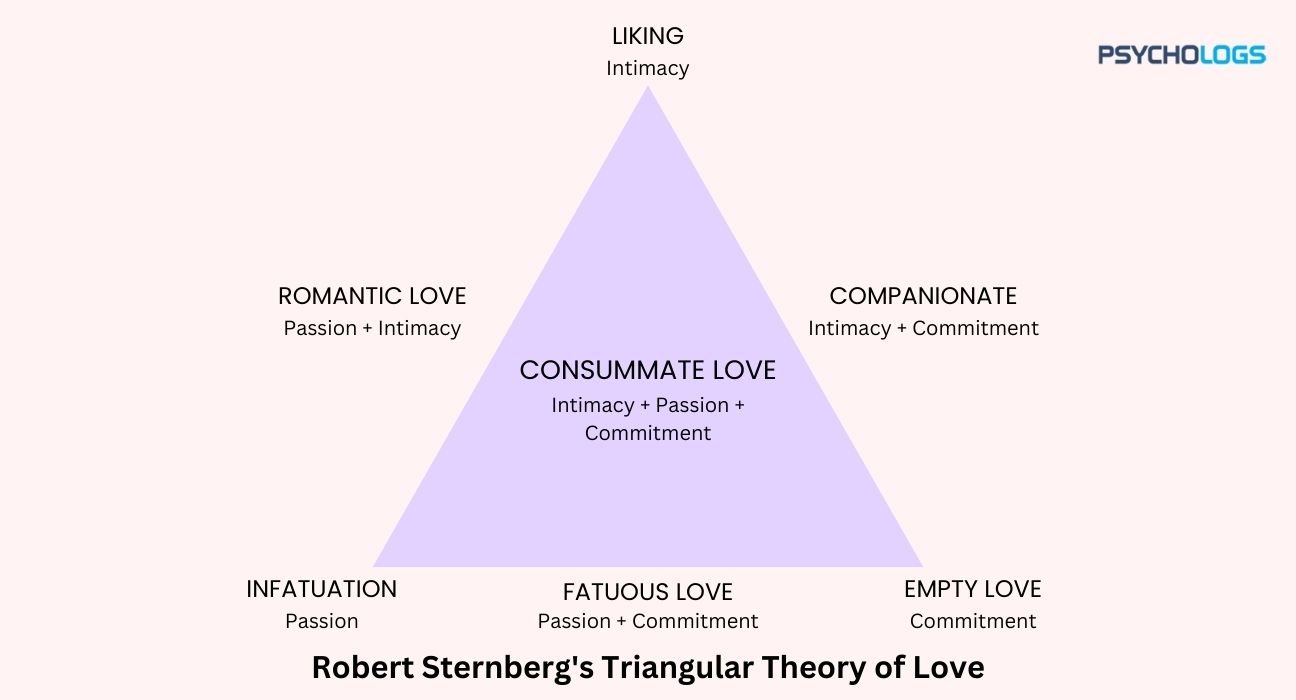Whenever one hears the word love what comes to our mind is ‘romantic love’. The existence of love is way beyond romantic love, it operates at all aspects of our lives be it spiritual, devotional, familial and so on. Love has always been a mystery to human beings. It’s an intense and multifaceted emotion with no universal definition or criteria.
Despite this, it is experienced by all of us and serves as a constant driving force. Love provides strength, optimism, resilience, and hope. Humans in love tend to feel a wide range of emotions and experiences depending upon their nature, may feel wanted, worthy, safe, accepted, happy, sad, fearful, vulnerable and so much more providing one with a complete experience fostering a sense of wholeness.
Experiencing love is essential for self-worth, confidence, and resilience, and teaches one acceptance, appreciation, and compassion. Love helps navigate tough times, drives self-improvement, and promotes taking risks and overcoming fears. It’s a constant force that motivates and heals, making one feel valued and important. But it is not always or all the time happy-go-lucky, it is not devoid of turmoil and chaos. Thus, understanding its beauty and complexities has been of key interest to various researchers and philosophers but especially that of social psychologists.
Robert Sternberg an American psychologist popularly known for his theories on love, intelligence and creativity gave the ‘Triangular Theory of Love’ to understand the dynamic nature of love.
Triangular Theory of Love
The Triangular Theory of Love by Robert Sternberg provides a framework for understanding various complexities of love in human relationships. The theory was introduced in 1986 and states that three core components compose love: intimacy, passion and commitment. These components interact in various ways leading to different types of love which can be illustrated as points on a triangle. This article explores the intricacies behind Sternberg’s theory as well as the kinds of love it describes with its implications.


The Components of Love
Intimacy
The term intimacy refers to feelings associated with being close, connected & bonded to your loved one or partner. It is about providing one with emotional support, understanding and warmth. According to Sternberg, intimacy is crucial for the stability of a relationship and tends to remain consistent over time, playing a more significant role in long-term relationships than in short-term ones.
Passion
Passion is defined by the drives which lead to romantic & physical attraction and consummation of sex. It is usually associated with the early stages of a relationship where the excitement, pleasure and attractiveness of the partner may be overwhelming. Can also be seen as the ‘honeymoon phase’ of the relationship. Nonetheless, passion can vary over time and its intensity may diminish as the relationship grows and matures.
Commitment
Commitment means the decision to love somebody and to maintain this love over time. In the short run, it shows acceptance of love while in the long term, it signifies that one wants to continue with relation. Love’s constancy lies in commitment because passion and intimacy change & evolve with time.
Types of Love
Sternberg identifies eight kinds of love based on combinations of the three components;
- Non-Love: This type does not have any intimacy, passion or commitment; hence, it represents casual relationships like acquaintanceship.
- Liking: This involves intimacy without passion or commitment; for instance, close friendships that are founded on emotional connections but lack romantic feelings such as desire.
- Infatuation: Passion alone defines infatuation which describes “love at first sight” intense emotions but without intimacy or commitment making it often transitory.
- Empty Love: It involves commitment only and is often seen in relationships that have lost intimacy and passion. Thus, this kind of love can be present in arranged marriages where partners are still committed but devoid of emotional attachment to each other.
- Meaningful Love: This describes a fusion of intimacy and passion called romantic love, which usually entails emotional bonding and physical attraction. It often occurs at the beginning stages of a romantic relationship.
- Companionate Love: Unlike passionate love, companionate love combines intimacy and commitment but not passion. Typically, it is found in long-term relationships where there is mutual tenderness even as initial lust has died away.
- Fatuous Love: Infatuation plus commitment minus intimacy results in fatuous love; it may exist between strangers who get married within a few weeks after acquaintance with each other due to strong desires for their counterparts.
- Complete Love: Consummate love represents Sternberg’s apex consisting of all three elements – intimacy, passion and commitment – altogether. While this depicts the ideal relationship everyone seeks, Sternberg warns that maintaining consummate love can turn out to be more difficult than achieving it.
The balance among the three components may shift over time, and if one element diminishes, the relationship may transition to a different type of love.
The Dynamics of Love
According to Sternberg, love is a process, it’s not static, but rather evolving as a relationship progresses from one frame of time to another. Life experiences, communication, and external stressors can change the dynamics of commitment, intimacy and passion. For instance, a passionate beginning may lead to marriage (companionate love) as time goes by. This knowledge of how dynamic these bonds could be may help people manage & navigate through their relationships more successfully.
Implications for Relationships
These components of love addressed by Sternberg’s Triangular Theory have implications for relationship functioning and the development of healthy connections. Recognizing what each component means and working to make them stronger could benefit couples. Through open communication and emotional support for example; one can enhance intimacy which may help keep up passion with one’s partner over a long period as it is evident in marriages that passion tends to fade away with time making the bond dull.


Conversely, couples may need to reassess their relationships if they find that one or more components are lacking, potentially leading to dissatisfaction or the decision to part ways. Moreover, it highlights how love is diverse depending on the individuals involved since it is multidimensional. Their perception and prioritization vary hence creating unique manifestations of love. This understanding can foster empathy and patience among partners, as they navigate their emotional landscapes together.
Cinema section
Some examples of the types of love by Sternberg from our everyday cinema
- Empty Love (Devdas, 2002). The marriage between Devdas and Chandramukhi, based solely on commitment without intimacy or passion, represents empty love.
- Romantic love (Dilwale Dulhania Le Jayenge, 1995). The romance between Raj and Simran, filled with intimacy and passion in the early stages of their relationship, is a classic example of romantic love
- Fatuous Love (Jab We Met, 2007). The rapid marriage proposal from Anshuman to Geet, driven by passion and commitment without intimacy, represents fatuous love.
- Consummate Love (Veer-Zaara, 2004). The enduring love between Veer and Zaara, encompassing intimacy, passion, and commitment over decades, exemplifies consummate love, though their relationship faces challenges
Conclusion
Robert Sternberg’s Triangular Theory of Love offers a lens to examine the complexities of love in interpersonal relationships. The theory provides a framework for understanding the different types of love and their dynamics. As relationships evolve, recognizing the interplay of these components can help individuals cultivate deeper connections and navigate the challenges that arise in their love lives. Ultimately, the pursuit of consummate love even though being challenging remains a worthy aspiration for many.
References +
- Sternberg, R. J. (1986). A Triangular Theory of Love. Psychological Review, 93(2), 119-135.
- Acker, M. & Davis, M. (1992). Testing Sternberg’s Triangular Theory of Love. Journal of Social and Personal Relationships, 9(1), 5-19.
- Sternberg, R. J. (1997). Construct Validation of a Triangular Theory of Love. European Journal of Psychological Assessment, 13(1), 1-10.
- Sternberg, R. J. (1998). Love as a Story: A Developmental Theory of Love. Journal of Personality and Social Psychology, 74(2), 438-452.







Leave feedback about this